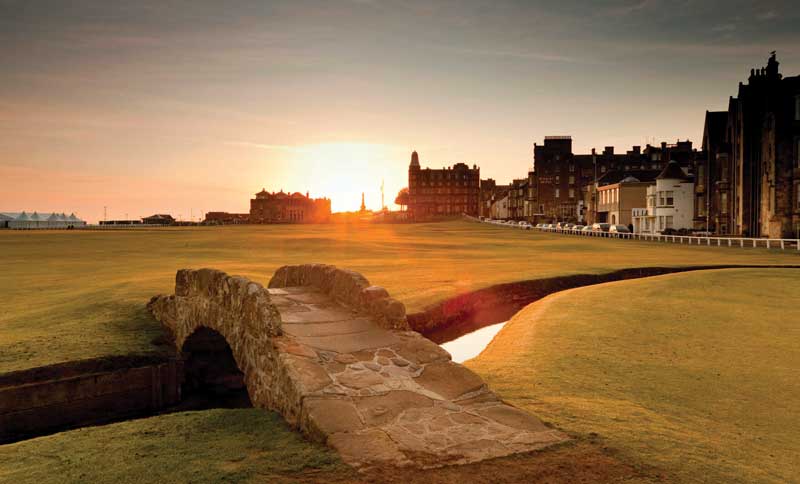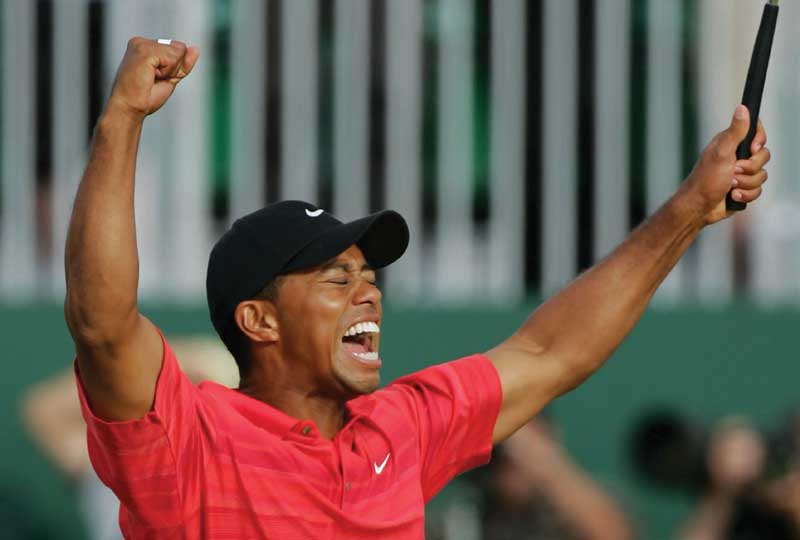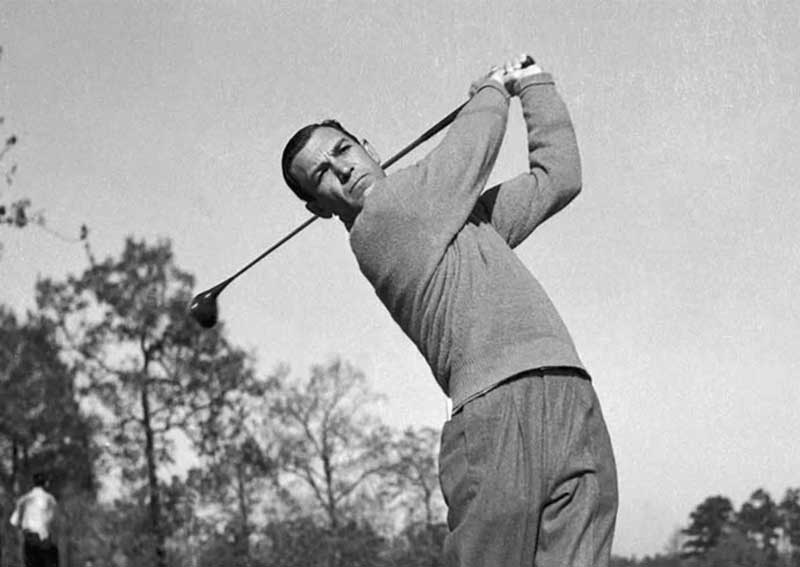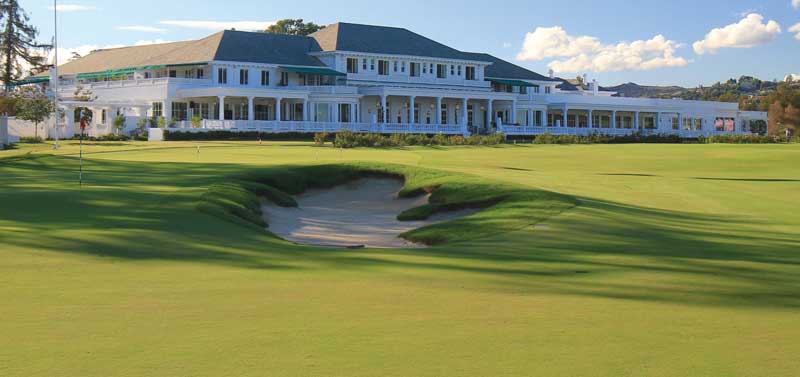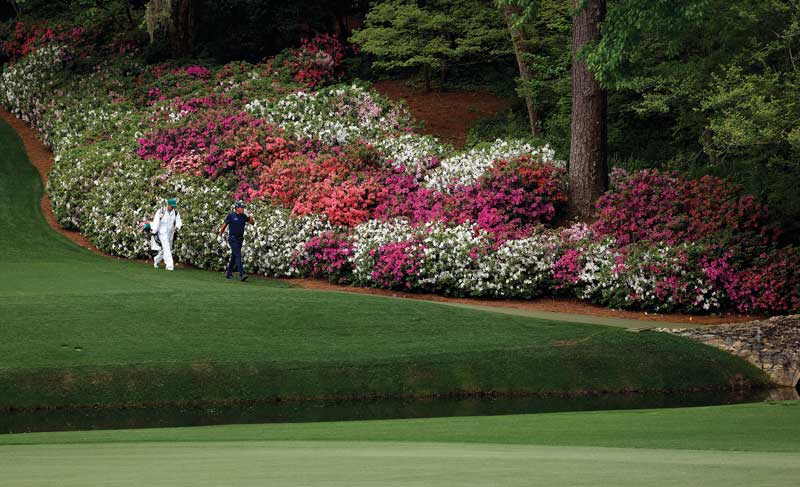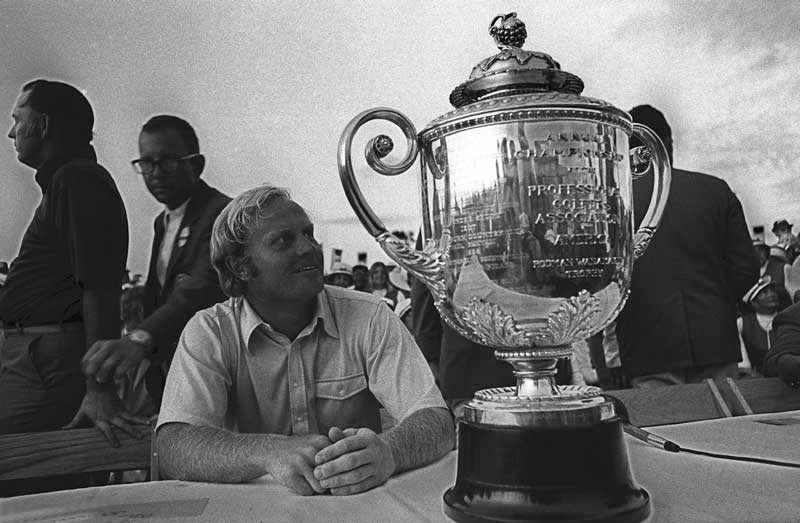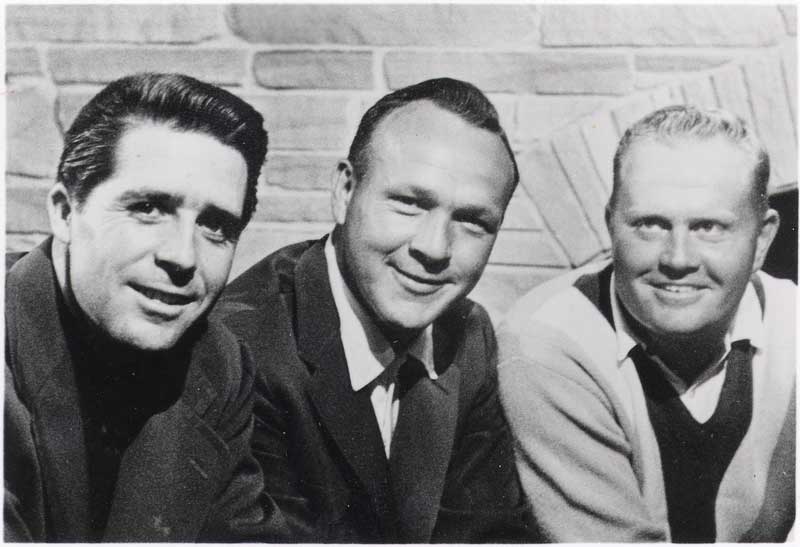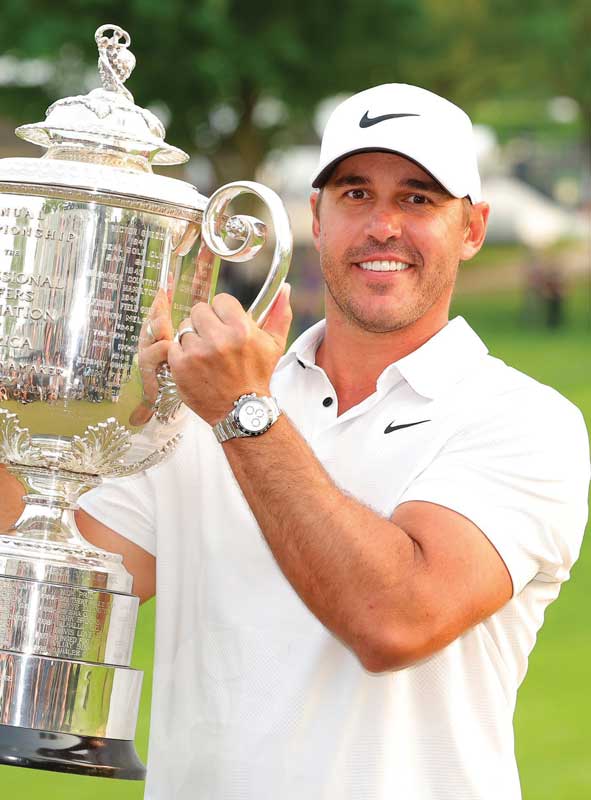The Masters Tournament, the PGA Championship, the US Open and the Open Championship make up golf's Grand Slam, and winning any one of them is like entering the Hall of Fame.
The history and meaning of the word "golf" is lost in time. But it is a fact that it was the Scots who regulated the game in the 18th century and gave shape to the club sport as we know it today.
Once established as an organized sport, as is natural in any sporting activity, local and later inter-club competitions to find the best player began, which gave way to inter-club tournaments and later to national competitions. This is how international competitions came about.
The Open Championship
The first of these was The Open Championship, held in Great Britain in 1860. The prize for the winner was recognition as Champion Golfer of the Year, in addition to the Challenge Belt, which he could keep until the next edition. Tom Morris Sr. won the title three times and, according to the rules, became the sole owner of the leather belt with the silver buckle.
Today, the "Open", as it is colloquially known, changes venue every year, traveling to the most important courses in the United Kingdom, only to return every five years to the "cradle of golf": the Old Course of St. Andrews, in Scotland, a land where golf has been played for more than 600 years. As a testament to this, the Swilcan Bridge remains, a bridge with more than 700 years of history, where the champion poses for the traditional photograph with the Claret Jug (originally The Golf Champion Trophy), an award given to him for his feat. It is played in the third week of July.
US Open
In 1895 the first version of the US Open was played, almost four decades after the first edition of the Open, seeking a confrontation between Americans and British on American territory. The scenario also changes venue every year and is held in both public and private courses.
The first competition was held at Newport Golf Club, with the participation of 10 professionals and one amateur. The winner was Englishman Horace Rawlings, who received a gold medal, $150 and custody of the trophy. The titles of the eleven original editions went to golfers from the United Kingdom, and it was not until 1911 that John J. McDermott broke the American streak. The event is scheduled to end on the third Sunday in June, coinciding with the celebration of Father's Day in the United States.
The name "Open" is given to the professional competitions because they are "open" to both professional and amateur players, who can participate in qualifying tournaments held at various courses as long as they have the required handicap, which must be at least one digit.
PGA Championship
Since 1916, the Professional Golfers of America, the organization that brings together American golf professionals, has had its own event: the PGA Championship, which is played during the third week of May. It is important not to confuse it with the PGA Tour, from which it separated in 1968.
The PGA Championship, unlike the other three majors, is open only to professionals, including 20 pros from U.S. clubs who have graduated from the PGA Professional Championship tournament. (The only way an amateur can play is to win a major or a PGA Tour event.)
Like the Open, it has a different venue each year for each edition, between private and public courses. The champion's trophy is known as the Wanamaker, in honor of Rodman Wanamaker, who has donated it since the first editions. Another privilege of the winner is the right to play in the other three majors for the next five years and a lifetime exemption to the PGA Championship.
The Masters Tournament
One of the greatest amateur golfers of all time, Bobby Jones, always wanted to create a course that would test the players, and on a 150-acre plot of land in Augusta, Georgia, planted with vegetables and flowers, he, along with Clifford Roberts and Alister McKenzie, designed the Augusta National Golf Club, where each hole was named after a flower.
Inaugurated in 1932, two years later it became the site of the Masters Tournament, where only the best golfers are invited to play.
In addition to the satisfaction of winning the title, the winner receives the famous green jacket, which can only be worn for one year and returned after 12 months. Another detail is the right to choose the menu of the "Champions Dinner", to which the winners of previous editions are invited (in 1989, the Scotsman Sandy Lyle included "haggis", a famous dish of his country prepared with sheep entrails, while in 1998, a young Tiger Woods, then 23 years old, chose hamburgers and French fries).
Another Masters tradition is to invite former champions to tee off on the first hole before the competition begins. This practice began in 1963 with former golfers Jock Hutchison (1888-1977) and Fred McLeod (1882-1977); in 2023, Tom Watson (champion in 1977 and 1981), Jack Nicklaus (1963, 1965, 1966, 1972, and 1975) and Gary Player (1961, 1974 and 1978) hit the first shot at Augusta.
The Grand Slam
If winning a Grand Slam tournament is meritorious, dominating all four in the same year is a sporting feat. Before the Masters and PGA Championship, the Grand Slam consisted of the Open Championship, US Open, US Amateur and British Amateur, and Bobby Jones was the only man to win them all in the same year: 1930.
In the modern era, only five players have managed to win the four majors in different years: Tiger Woods, Jack Nicklaus, Gary Player, Ben Hogan and Gene Sarazen. Woods won three in the same year, 2000, and the Masters in 2001, so the feat was dubbed the Tiger Slam.
Text: Ricardo Villanueva ± Photo: Sport Golf, The Open, Golf, US Open, PGA Championship, Wpengine


